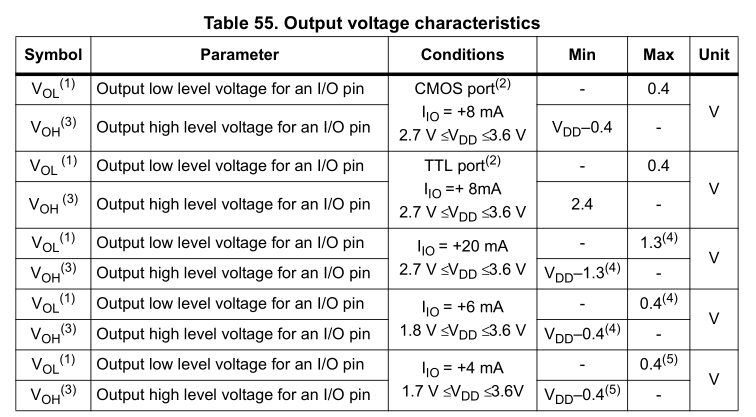What you are looking for in the datasheet is the pin structure schematic (or diagramm).
It may look something like this:

What you see here in particular are the protection diodes which clamp input voltages to the allowed region. Often it is given as Vdd+0.3 V and Vss-0.3 V or something like that.
The 0.3 V is the voltage drop of the protection diodes. If you have a voltage higher than Vdd+0.3 V the protection diode will start to conduct and supply current to the rest of the circuit.
Your circuit and the controller is of course not supposed to work in that way as. For example you might nowcould be reverse biasing your voltage regulator on the other side, if the power failure is caused by the input of the voltage regulator breaking down (if not protected it will get damaged by thisdetails depend on the way your power circuit is designed). This can damage your voltage regulator.
Depending on the current draw of the other circuit the actual voltage might be quite a bit lower so the components won't work as expected. For example when driving 20 mA the voltage of the output is reduced by 1.3 V:
So running from 3.3 V you'd get 2.0 V at the output and only 1.7 V as the new VDD on the other side. Which might cause all sort of troubles (some chips work already, others don't).
I'm not sure on the protection side of things, but maybe a power supervisor which holds the MCU in reset until both voltages are OK might work, as you then can be sure that both are powered correctly.
If you need to have one running all the time you might use a supervisor on each side for the other side and turn off all lines between them if the state is not okay, but as the reaction won't be instantaneous (software involved) it might be too slow.

